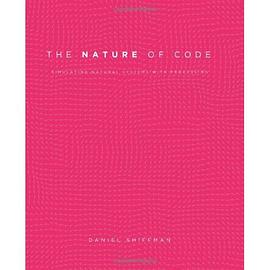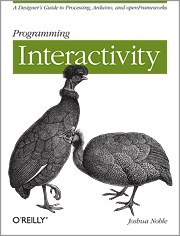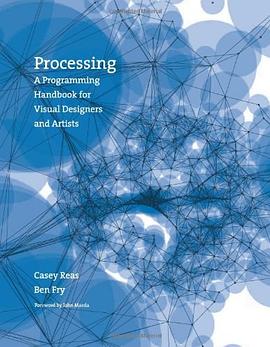

具體描述
How can we capture the unpredictable evolutionary and emergent properties of nature in software? How can understanding the mathematical principles behind our physical world help us to create digital worlds? This book focuses on a range of programming strategies and techniques behind computer simulations of natural systems, from elementary concepts in mathematics and physics to more advanced algorithms that enable sophisticated visual results. Readers will progress from building a basic physics engine to creating intelligent moving objects and complex systems, setting the foundation for further experiments in generative design. Subjects covered include forces, trigonometry, fractals, cellular automata, self-organization, and genetic algorithms. The book's examples are written in Processing, an open-source language and development environment built on top of the Java programming language. On the book's website (http://www.natureofcode.com), the examples run in the browser via Processing's JavaScript mode.
用戶評價
##然後還是覺得程序藝術隻在很窄的範圍內纔“藝術”
評分##好多processing栗子啊!
評分##這書從封麵到內容...不知道怎麼形容瞭...kicking ass!
評分##對學Processing的人很有用的一本書,英文也都用的比較通俗易懂的簡單的句子,但畢竟不是母語看著有些慢,發現有中文版本的就轉戰中文版瞭。
評分##感覺自己寫的代碼脫胎換骨
評分##夠硬,youtube上作者的視頻很棒,簡單的個體行為構成復雜難以預測的群體,聯想到 《失控》
評分##感覺自己寫的代碼脫胎換骨
評分##強大但還沒吃透的一本書
評分看完一周目纔覺得processing總算是入瞭門 世界觀的維度也延展瞭
相關圖書
本站所有內容均為互聯網搜尋引擎提供的公開搜索信息,本站不存儲任何數據與內容,任何內容與數據均與本站無關,如有需要請聯繫相關搜索引擎包括但不限於百度,google,bing,sogou 等
© 2025 book.qciss.net All Rights Reserved. 圖書大百科 版權所有




















